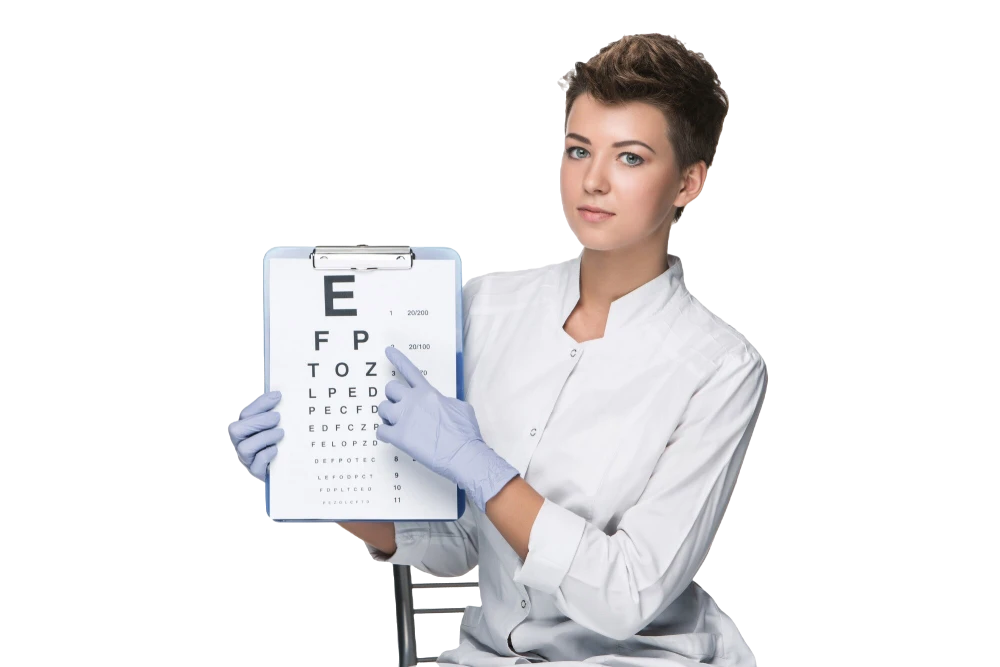Seniors Eye Exam
The Canadian Association of Optometrists recommends that patients 65 and up get an annual seniors eye exam. Vision needs change as you age and professional senior eye care is imperative to overall health. Your Calgary optometrist can quickly identify and treat conditions that have no visible symptoms thus protecting your treasured eyesight.
Cataract Test
Cataracts is a condition that causes varying areas of your lens to become cloudy and blurry mostly found in clients over 60 years old. A comprehensive seniors eye exam with your Calgary optometrist can easily determine if you are developing Cataracts.


Glaucoma Test
Often called the silent thief of sight because you may not experience symptoms until permanent damage is done. Glaucoma is caused by degeneration of the optic nerve due to increased pressure or decreased blood flow. This condition can be detected through a comprehensive seniors eye exam, left untreated it can cause blindness. Market Mall Eye Clinic offers extended testing in our office with advanced technology such as Optical Coherence Tomography, which provides high-resolution, cross-sectional imaging of ocular tissues). You may be at greater risk if:
Treatment options depend on the severity of your condition and may include eye drops, laser surgery or surgery.
AMD Test

You may be at greater risk for AMD if:

Presbyopia Test

Market Mall Eye Clinic
Send us a message and we will get back to you soon.
